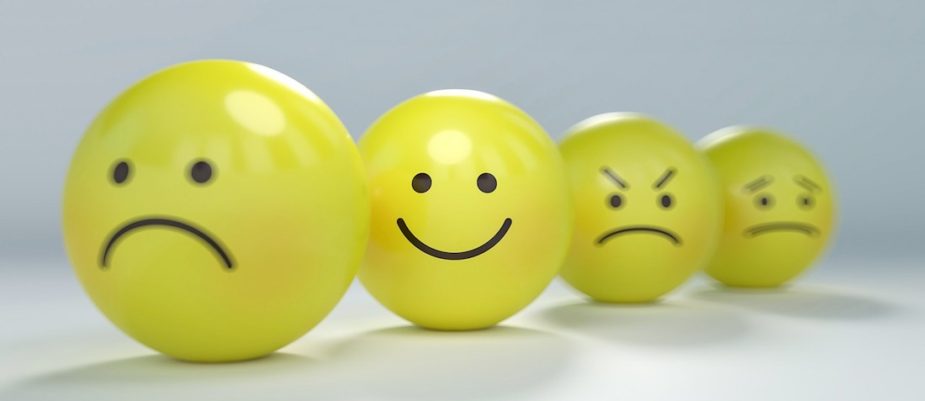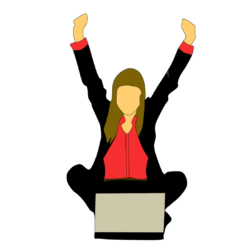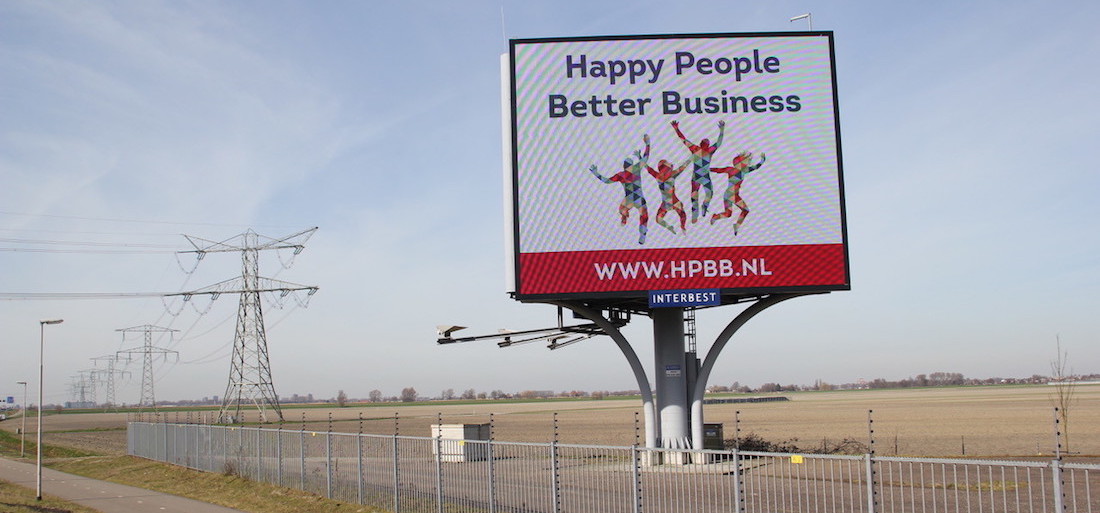
WOW! talks about happiness in the workplace again. In the first article of the new column dedicated to the Science of Happiness and its applications in management, Ilaria Santambrogio, Human Realization Trainer and Chief Happiness Officer, explains what is it and why we have to adopt different behaviors “to create work environments where people can flourish and generate results exceeding expectations” as quoted Veruscka Gennari and Daniela Di Ciaccio, founders of 2BHappy.
Are we sure that the traditional work organizational models are the only ones possible? Are they the most adequate to guarantee us a future in a continuous evolution and transformation?
Why the renowned Berkley University in California founded the Greater Good Science Center (GGSC) in 2001 with the aim of helping people to learn the basics of personal and collective happiness, of the importance of social relationships and altruistic and positive behaviors?
It really seems that we do not know how to imagine the possibility of building different realities, based on accustomed principles even knowing that the level of negative stress -both for people and organizations- is making the system unsustainable.
What is the Science of Happiness?
The Science of Happiness is a discipline born from the convergence of established sciences (positive psychology, biology, quantum physics, economics), frontier research (integrated medicine or in the spiritual field) philosophy and oriental disciplines.
Moreover, Happiness is a skill and can be trained. It is related with our inner resources to deal with what happens to us.
Neurobiology studies have shown that chronic stress inhibits the prefrontal cerebral cortex, the site of discernment, reducing our abilities to find solutions in life, as well as in work.
We grew up thinking that the pyramid model was right and natural. At the university we learn that the brain commands over the whole body.
Well, neurobiological research demonstrated that our body works in a circular way, with complex multidimensional systems in constant communication. Furthermore, neuroscience has shown that we are made for sociality and quantum physics tells us that we are interconnected in a single energy field.
How to apply the Science of Happiness to create Positive Organizations?
The application of the science of happiness in the organizational sphere determines the fundamentals of the Science of Positive Organizations aimed at building workplaces where people can flourish and generate results that exceed expectations.
Experts of Positive Organizations confirm that people oriented towards a higher value tend to joint together, to transcend personal interests and to sacrifice themselves for the group.
What is a positive organization based on?
The three main pillars of a positive organization are:
-a purpose, a strong “why”, which transcends individual interests, thus recognizable by all members of the organization;
-a widespread and positive leadership;
-the consistency of all organizational dimensions (purpose, culture, behaviors, processes, procedures, environments and routines).
Trust at the base of happiness.
Happiness grows within a relational, trusting dimension. Generating trust is the unexpected outcome of a “non-instrumental” relationship based on reciprocity.
Confidence begins to worsen when the ideology that efficiency is sufficient to guarantee growth takes over.
The crisis of trust is generated whenever “we think that the market can do without people’s contribution and expressive capacity” (Paolo Venturi director at The FundRaising School and AICCON).
It is clear that the dominant and contemporary decision-making models and processes developed during the past three industrial revolutions, are no longer able to meet current and future needs.
The innovation we often talk about must relate to the entire organizational system and not just sporadic actions concerning only some aspects (merely technological ones).
The “culture of positivity” is the most “updated” thinking of the human consciousness evolution of and can respond to our today and future needs in a more functional and complex way.
We have all the information and resources to change and the invitation to everyone – and at all levels – is to engage in this direction otherwise nature will choose for us.
Text by Ilaria Santambrogio, Human Realization Trainer and Chief Happiness Officer.






















